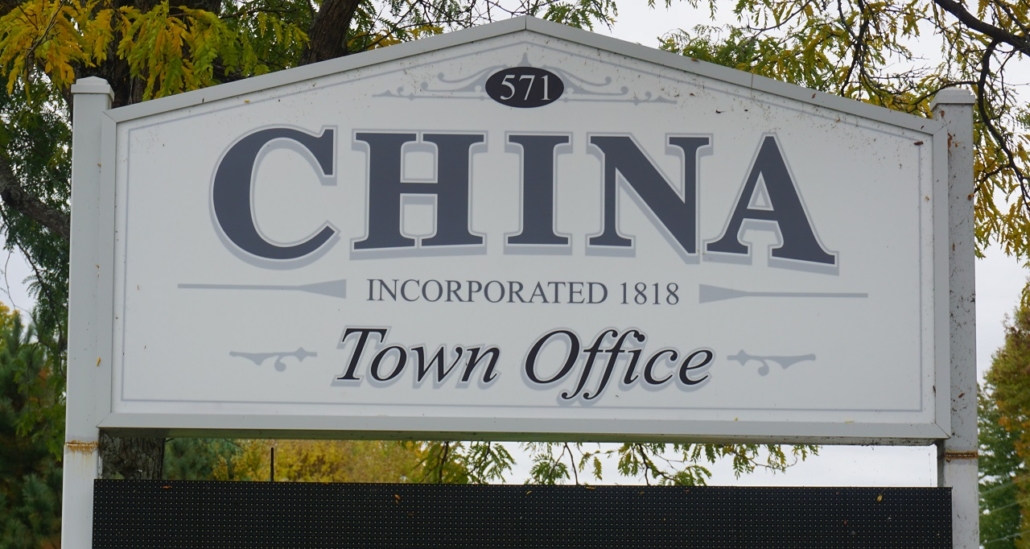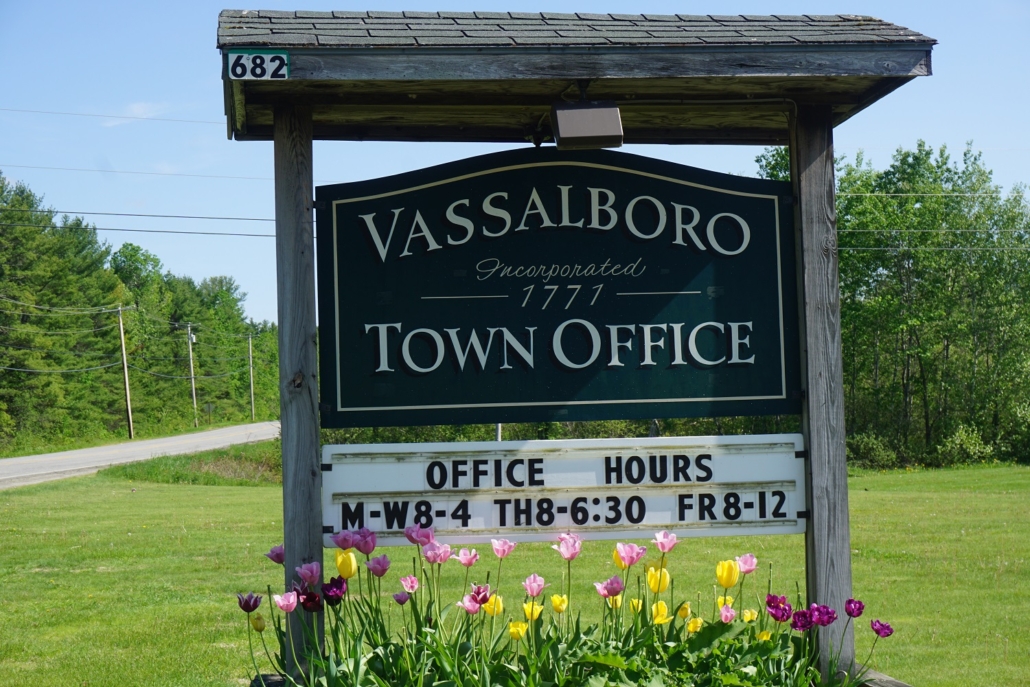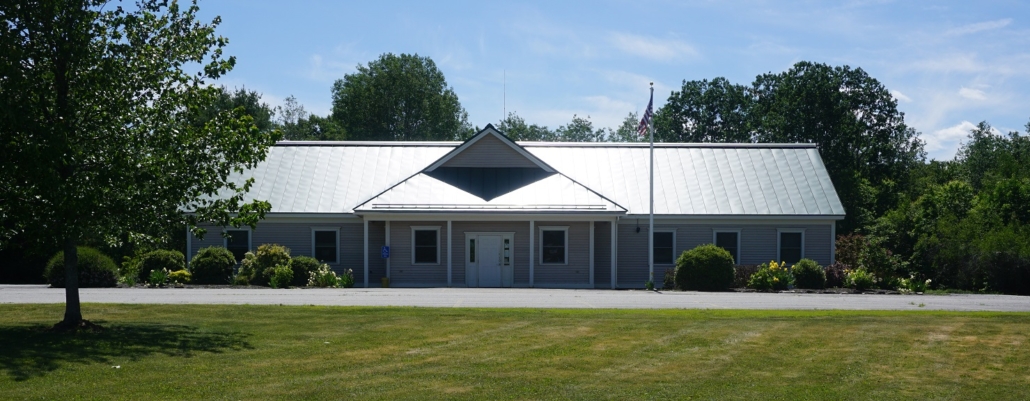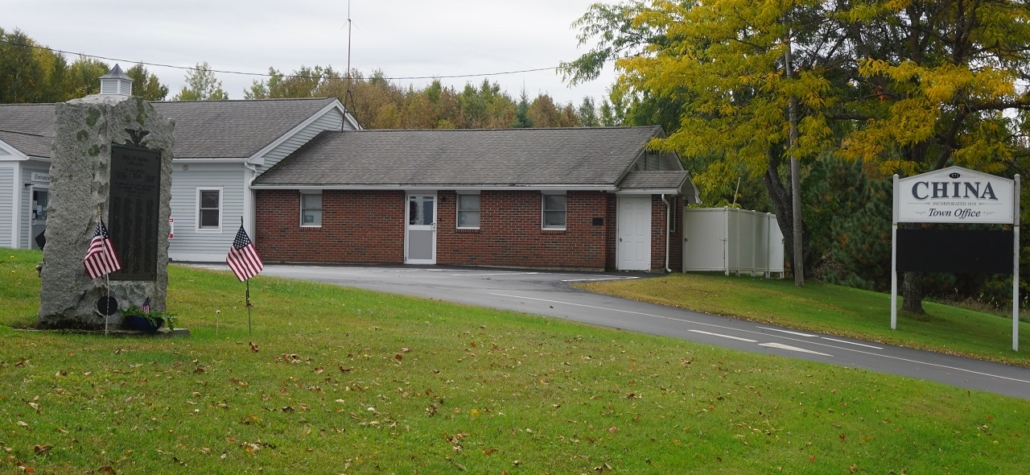After two more hours April 27 revising their explanatory document for China Community Broadband, China Broadband Committee (CBC) members presented it to the selectboard at a joint virtual meeting April 29.
The ensuing two-hour discussion focused on costs and on what service customers could expect.
Costs are a big unknown at this point, presenters said. The plan includes estimates, but they are only estimates, for two main reasons:
- Costs for construction materials are likely to change, up or down or both, by the time work starts, and the amount of construction work – for example, the number of new poles needed – is unknown until contracts are signed.
- The number of users who sign up for the new service, the “take rate,” determines monthly income, which needs to cover repayment of the proposed construction bond plus operating costs. CBC consultants have prepared scenarios based on different take rates without knowing which is closest to accurate.
Consultants Mark Van Loan and John Dougherty, of Mission Broadband, had three tables showing financial results with three different take rates, from 1,005 to 2,270 customers, resulting in three different fees per household, from around $85 per month to around $50 per month. These prices will vary with costs and with whether and by how much seasonal residents are billed differently from year-round residents.
Mark Ouellette, President of Machias-based Axiom Technologies, with whom CBC members are negotiating to provide service, said he usually gets high take rates as his company moves into new towns, including towns like China with existing providers.
In China, CBC members estimate that Spectrum Community Solutions serves about two-thirds of households; Consolidated Communications serves about 20 percent; and about five percent have no internet connection.
Another factor influencing costs to customers, CBC member Tod Detre said, is that the committee’s current plan is to offer only one level of service, which he calls gig over gig. The phrase means one gigabit per second can be uploaded to the net and one gigabit per second can be downloaded.
Selectman Wayne Chadwick doubted most people need that fast service. Detre agreed, and said the committee plan could be amended to offer as options lower service levels at lower monthly fees, if China residents prefer.
Assuming selectmen authorize CBC members to continue, a next step is to start a comprehensive community outreach program to determine how many households want what level of service.
Prompt sign-ups would provide useful information, but committee members and consultants realize that some residents will wait to see whether selectmen present the construction bond at the November 2 elections and voters approve it.
Service would be established if a minimum number of users sign up. Another issue concerning selectmen was whether people who sign up later would be charged a fee. Again, the answer is to be determined; one possibility would be to schedule future open enrollment windows during which fees could be lowered or eliminated because multiple houses would be connected while trucks and workers were in town.
Town Manager Becky Hapgood suggested selectmen discuss whether to continue to support the CBC’s work at their May 10 meeting. If they do support the committee, next steps include:
- The community outreach program, envisioned as including email, social media, meetings, printed materials and probably other methods;
- At the June 8 town business meeting, voter action on the Second Amendment to China’s Tax Increment Financing document, which adds broadband service to approvable TIF projects and provides funding to continue working with Mission Broadband;
- Selectmen’s request for authorization to issue a bond and a Nov. 2 voter decision on the bond.
The amount of the bond is undetermined because construction costs are undetermined. Committee members suggest an “up to” figure – currently estimated at $6.5 million – so selectmen are not obligated to borrow more than is needed.
When Chadwick asked Ouellette why Axiom didn’t borrow the money, Ouellette replied that towns get a much lower interest rate than private companies.
The CBC plan would have Axiom build the fiber optic infrastructure, using a contractor, provide service, take care of billing and maintain the system. The town would own the system and could change providers should Axiom prove unsatisfactory.
A contract between Axiom and town officials, to be signed if the bond issue is approved and nothing has impaired the company’s relationship with the town, would spell out details selectmen asked about, like the contract length, construction schedule, how often Axiom would pay China its share of revenue and whether the local on-call repair person would work for Axiom or for China.
The CBC’s goal is to provide a town-owned broadband system offering all residents high-quality service that is easy to update as technology changes, at a price that will cover costs and, after the bond is paid off, generate extra revenue.
The document CBC members presented to selectmen April 29, titled “Community Broadband Project – Declaration of Intent” is posted under the Broadband Committee in the list of officials, boards and committee on the China website, www.china.govoffice.com.
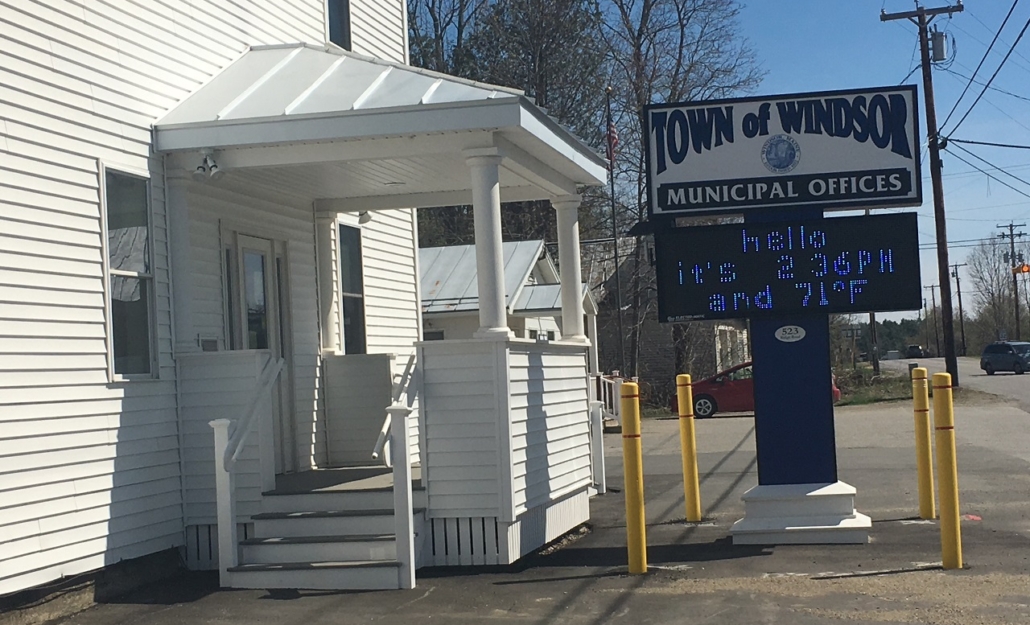 by The Town Line staff
by The Town Line staff


